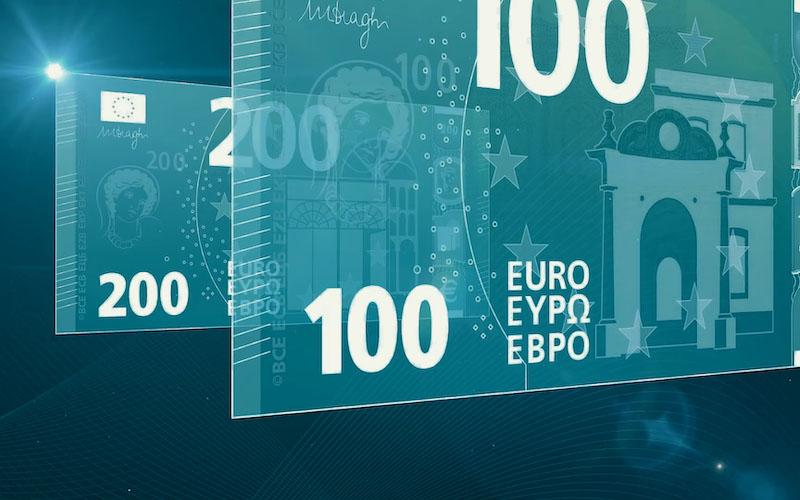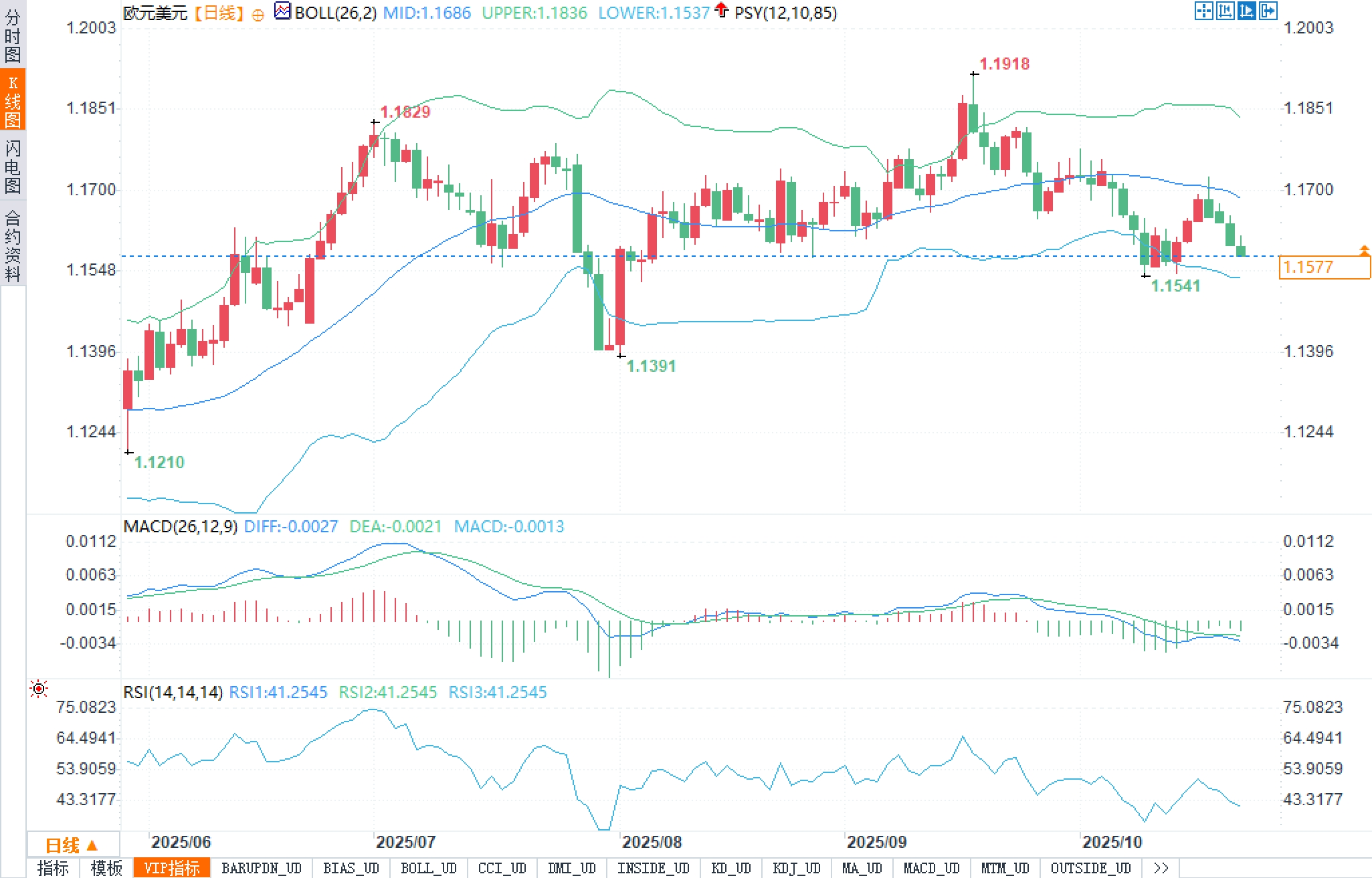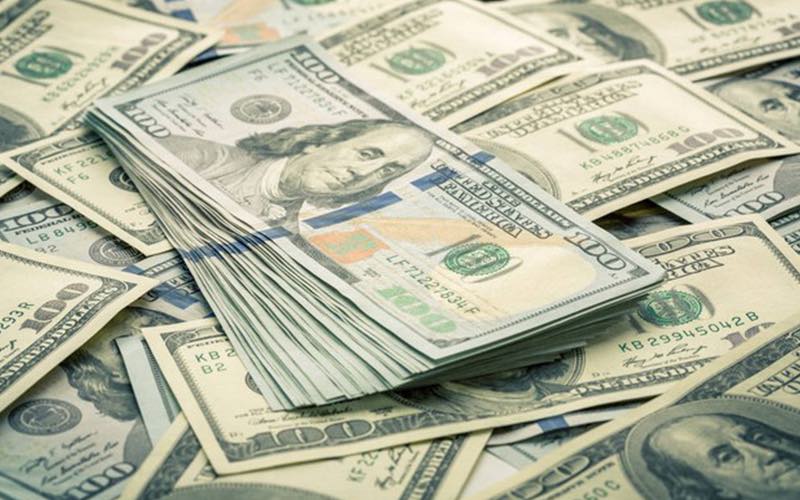"Nothing happens before the meeting, but there will be drama after the meeting": The next real stir for the euro may be the interest rate meeting in December
2025-10-22 22:08:44

Fundamentals
Limited incremental information. Since the September rate decision, Eurozone data updates have been sparse and counterproductive. September's PMI and economic sentiment indicators showed a slight rebound, but August's consumption and industrial output were weak. Inflation briefly returned above 2%, but consistent "new evidence" is lacking. Furthermore, key inflation data, third-quarter GDP forecasts, and sentiment surveys were mostly released on the day of the rate decision, making it difficult to form a workable consensus this week.
There's no immediate urgency. French political risks haven't escalated further, French bond spreads haven't widened significantly, and the current financial environment hasn't forced the ECB to use its Transmission Shield (TPI) instrument. Having already entered a wait-and-see mode in September, there may be even less impetus to change policy next week.
The hawks and doves have temporarily ceased fire, their sights set on December. Officials' statements have generally returned to the "we're in a good position" tone: on the one hand, they emphasize maintaining current levels to prevent a resurgence of inflation; on the other, some believe the probability of a further increase or decrease is "equivalent." This seems like a tacit understanding: December will determine the outcome.
A rate cut remains an option in December. If the external shock to the US dollar (the delayed effect of tariffs) persists, a stronger euro suppresses imported inflation, further political unrest in France occurs, or the implementation of fiscal stimulus in Germany is delayed, the ECB may be forced to make one or two more small rate cuts. Furthermore, forward inflation forecasts incorporate the upward impact of the ETS2 mechanism, approximately 0.2 percentage points. If this mechanism is delayed, the inflation core faces the risk of a downward revision. If the December updated 2028 inflation forecast falls below 1.7%, the probability of a rate cut will increase.
Technical aspects:
The daily chart shows the middle Bollinger Band at 1.1686, the upper Bollinger Band at 1.1836, and the lower Bollinger Band at 1.1537. The current exchange rate is just above the lower Bollinger Band, indicating a short-term decline within the channel. The recent highs were 1.1829 and 1.1918, while the lows were 1.1541, 1.1391, and 1.1210, respectively. This constitutes a series of downward steps within a downtrend.
The DIFF of MACD (26,12,9) is about -0.0027, DEA is about -0.0021, and the histogram is about -0.0013. It is still expanding slightly below the zero axis, indicating that the momentum is weak but not greatly amplified. Once the column continues to expand and DIFF crosses below DEA to accelerate, it may trigger a retracement of the 1.1541/1.1537 area.

The RSI (14) indicator is around 41.2545, in a weak oscillation zone, but not in an extremely oversold state. This means there is still room for further decline, but a technical pullback is likely. Combined with the Bollinger Bands, the bandwidth is narrower than before, indicating a Bollinger Band squeeze. If the exchange rate effectively recovers 1.1686 and stabilizes at the middle band, it is expected to revert to the upper band of 1.1836. Conversely, a break below 1.1537/1.1541 will open up room for further decline to 1.1391 or even 1.1210.
Therefore, the key support is: 1.1541-1.1537, further at 1.1391 and 1.1210; important resistance: 1.1686, 1.1836, and strong resistance at 1.1918.
- Risk Warning and Disclaimer
- The market involves risk, and trading may not be suitable for all investors. This article is for reference only and does not constitute personal investment advice, nor does it take into account certain users’ specific investment objectives, financial situation, or other needs. Any investment decisions made based on this information are at your own risk.





















